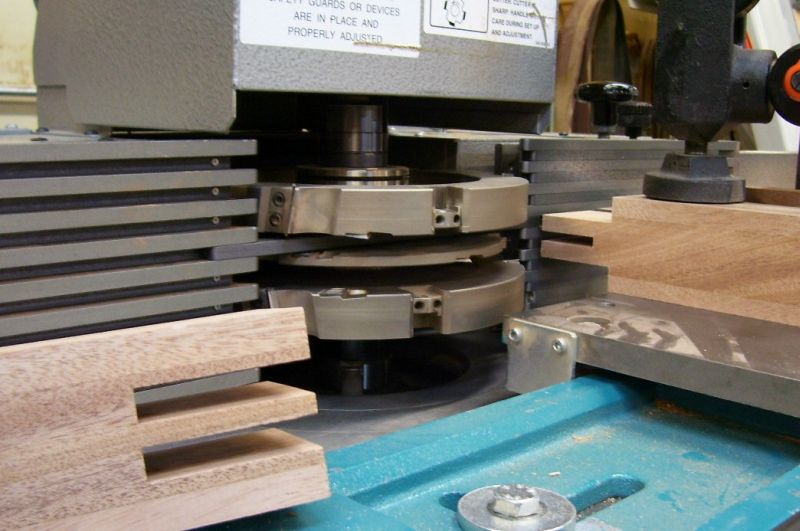Preventing Tearout When Jointing Maple
A five-degree back bevel on the knives works like a charm. May 13, 2005
Question
I have a 12" crescent jointer. I've done all I know to fix my pullout problem. I've got 200bf of curly maple that needs jointing, I've wet down the boards, skewed my fence, slowed feedrate… All no good. Now I'm thinking of a new spiral cutter head, but price seems cost prohibitive. What to do?
Forum Responses
(Solid Wood Machining Forum)
From contributor R:
200 bf is a pretty small amount. I've had good luck with a similar jointer with sharp knives. If you can't joint it, how are you going to plane it? It should work fine. I've done it, so there must be something you are leaving out.
From the original questioner:
It's 200 bf at a time, then another and another, and I have a wide belt sander for planning. Knives are sharp and jointed. Run out with dial indicator is less than 1000th. I used to use a small, higher speed jointer that seemed to do fine, but most of these boards are in the 8-9" range and are rough sawn.
From contributor C:
You may want to back-bevel your knives. It costs sometimes double the normal sharpening fee but lasts much longer.
From contributor K:
If your jointer knives are set like mine at 30 degrees, and if your sharpness angle is 30 degrees, then you can turn your knives around backwards and have 0, which will solve your problem with this wood. Five degrees is ideal for maple. The tradeoff is that if you use it this way on softwood, you will get a lot of crushing of cells down the grain.
From the original questioner:
Thank you for the info. It seems I've fixed the pull-out of curly maple problem. Back-beveled the blade 5 degrees, and what a difference! It does feed harder, like said, but the pull out is nil and the finish is smooth. I am also wiping boards with a water/glycerin mix and have my fence askew with slow feed.
